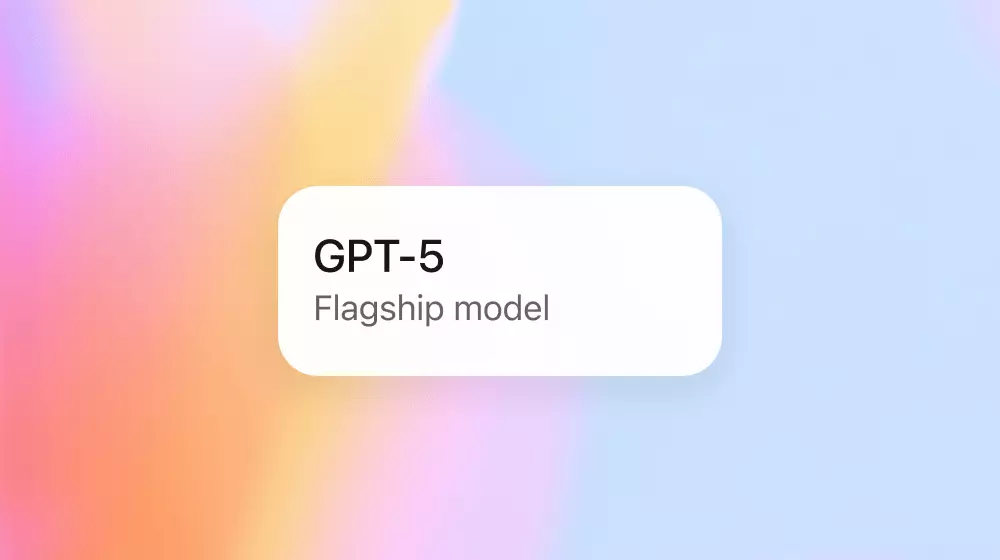OpenAI’s recent announcement signals a pivotal shift in how artificial intelligence perceives and interacts with users. Moving beyond the coldly efficient, the company emphasizes transforming GPT-5 into a model that exudes warmth and approachability. This isn’t merely cosmetic; it reflects an understanding that AI must evolve to foster trust and comfort in human-AI interactions. By subtly infusing the model with small, authentic affirmations like “Good question” or “Great start,” OpenAI aims to strike a balance between helpfulness and genuine engagement. Such nuanced changes are vital in dispelling the myth that AI must always be strictly utilitarian, nudging it toward a persona that feels more human, more compassionate. It’s a recognition that emotional connection can significantly enhance user experience and acceptance.
The Challenge of Launching Advanced AI
The rollout of GPT-5, despite its technological advances, was marred by hurdles that exposed the complexities beneath the surface. OpenAI’s CEO, Sam Altman, admitted the process was “a little more bumpy” than anticipated, echoing the unpredictable nature of pioneering new frontiers in AI. Some users expressed disappointment, preferring the earlier GPT-4o, which they found more straightforward or reliable. This reveals a critical truth: innovation isn’t just about pushing capabilities forward but also about understanding user expectations and fatigue. The company’s acknowledgment of these teething issues highlights an important lesson—no matter how powerful or advanced the technology, its success hinges on how well it aligns with human preferences and comfort levels.
Subtle Refinements and Genuine User Engagement
OpenAI’s approach in this update exemplifies a philosophical shift from mere technical prowess to emotional intelligence. The adjustments described as “subtle” aim to prevent the AI from sounding overly sycophantic, a common pitfall in friendly chat models. Instead, the focus is on creating a personality that feels natural—supportive without flattery. Through internal testing, they claim these modifications will keep the model’s “sycophancy” in check while enhancing warmth. The challenge lies in ensuring these small changes yield big perceptual differences, strengthening user trust without compromising accuracy or professionalism. It’s a delicate dance that requires meticulous calibration—one that OpenAI appears committed to mastering.
Looking Ahead: A Human-Centered Future for AI
As OpenAI seeks to enhance GPT-5’s approachability, it underscores a broader trend: AI developers are increasingly prioritizing emotional resonance. This shift suggests a future where machines don’t just serve as tools but as companions capable of meaningful interactions. Yet, it’s essential for critics—and perhaps the company itself—to remain vigilant. The push for warmth must not compromise transparency or objectivity. Overdoing the friendliness risks fostering false intimacy or blurring boundaries. True progress will depend on a nuanced balance—where AI feels genuinely warm but remains honest, respectful, and ethical in its engagement. OpenAI’s latest move signals an ambitious, optimistic step in that direction, inspiring confidence that AI can indeed evolve into a more empathetic partner in daily life.

